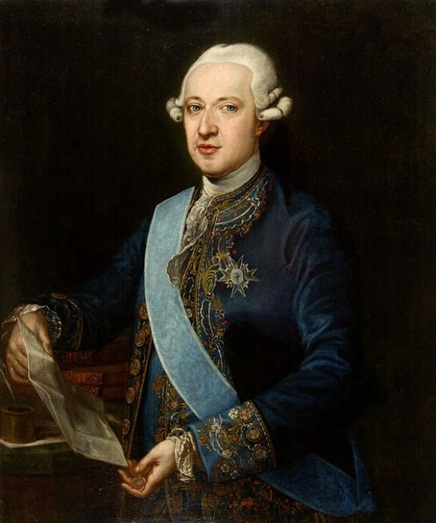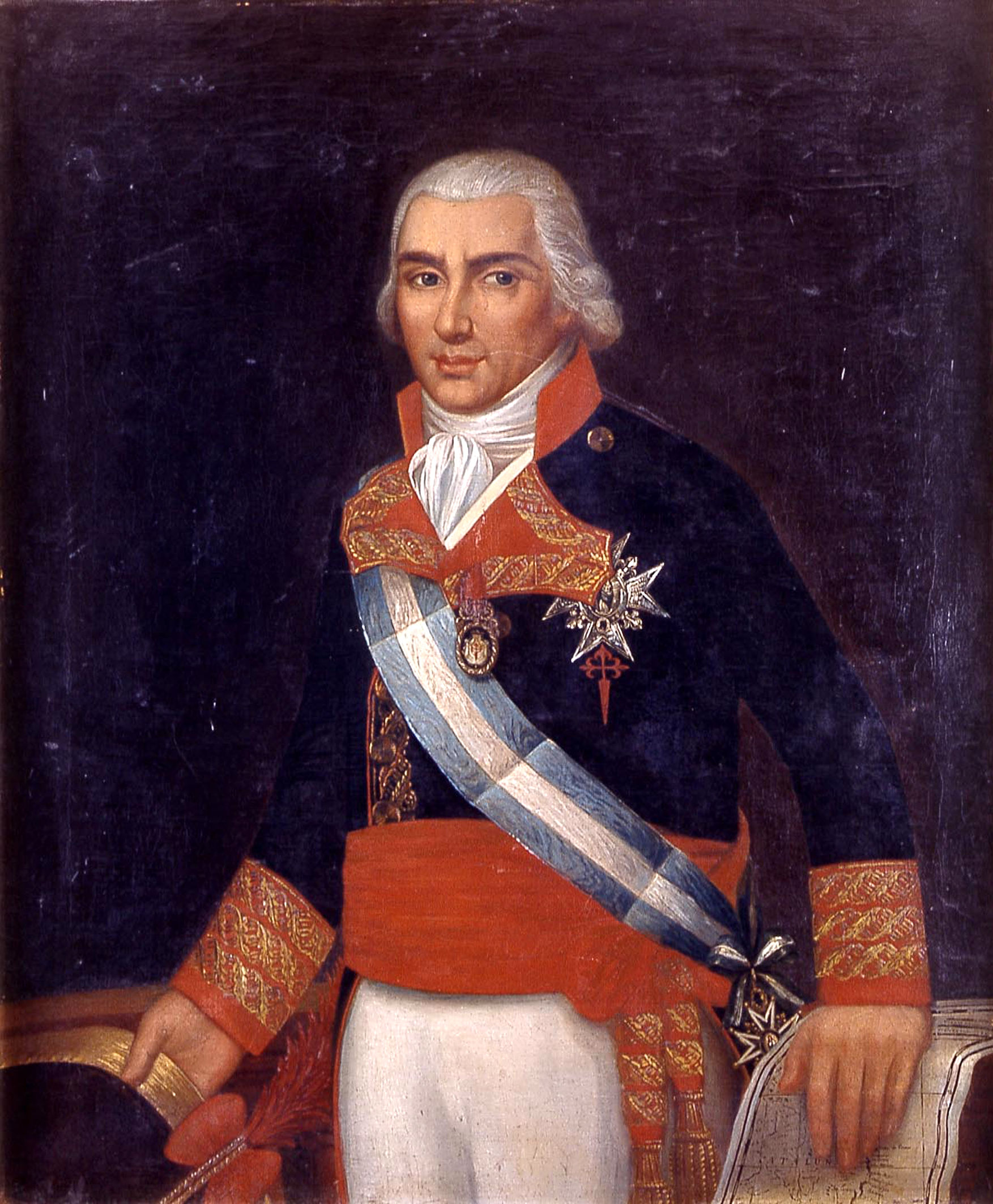The Lisperguer Wittemberg´s: a German
family in the heart of the Chilean culture
The German family Lísperguer, protected by Carlos V, and of great success in the 16th and 17th Century colonial Chile and Peru, has aroused great media attention, becoming a real social phenomenon. Of it and its famous literary topic "la Quintrala" (the Chilean Quijote) endless studies have been done from as different scopes as sociological, psychological, criminal, ethnographic, genealogical, literary, feminist... exteriorized in turn in hundreds of expressions such as articles, monographs, doctoral theses, essays, novels, conferences, radio programs, documentaries, television series, films, plays and even operas ... The history of the Lísperguer family represents a fusion of nobility and mestizaje, oppression and freedom, social climbing and altruism, heroism and perversion, religion and paganism, esoterism and idolatry, subversion of the ethical codes of a society, inversion of established values and many more that are already part of an avid collective imagination.
In this new research carried out by the experienced researcher Daniel Piedrabuena, many false idols and superstitions erected around this family, propagated with vigor from the colonial period, are being demythologized, providing new evidence about their origin in Germany, which are a revealing premiere in a specially sensitive matter to the national culture. At the same time, the knowledge that it offers us about its Hispanic cousins, "the Wittemberg´s," enriches our field of vision and allows us to understand, wrapped up in good arguments, the true nature of this family. From it derives the Marquess of Valdeflores, an iconic figure of the Spanish Enlightenment also focuses on many international studies. In conclusion, all this new material, the result of many years of arduous research in the most accredited archives of Spain, opens the door to a wide-ranging debate on the idiosyncrasy of this family, thus responding to an incessant clamor for understanding a mystery, of enormous repercussion and seduction, that still convulse in a significant way the thought and the intellectual minds of our time.
The German conqueror
Pedro Lisperguer Wittemberg
When Pedro Lísperguer Wittemberg arrived in America he did so with imperial support: "Notwithstanding that it is German and any provision to the contrary", following the words of Emperor Charles V. Began that way a powerful lineage, especially in Chile and Peru, that had remarkable protagonism in XVI and XVII centuries, linking with several noble titles. From this family descends "la Quintrala," a highly mythical figure and one of the most important literary topics of Chilean culture, which is studied internationally.
A new and surprising research has allowed knowing the whole
pre-American stage of the conquistador. In a passionate account we will explore his German past, his travels with the Emperor for southern Germany and the Netherlands, his stay in Spain with the Counts of Feria, his trip to England to attend the wedding of Philip II and Maria Tudor , the political situation of the moment and hundreds of other things... non-stop curiosities that lead us to the sublimation of a myth, which before its new scenarios acquires new visions of modernity.
***
Holdings of these works around the world
You may find these works in libraries so outstanding as the Library of Congress, The British Library, Sterling Memorial Library of Yale, Standford University Library, Harvard University Library, Ohio University Library, National Library of Chile, National Library of Spain, National Library of Germany, Staatsbibliothek Bayern, Scientific Library of Mainz, Chilean Library of Congres in its "Rare and Valuable Collection", University of Chile Library, Library of the Catholic University of Chile, and many other.















.jpg)


